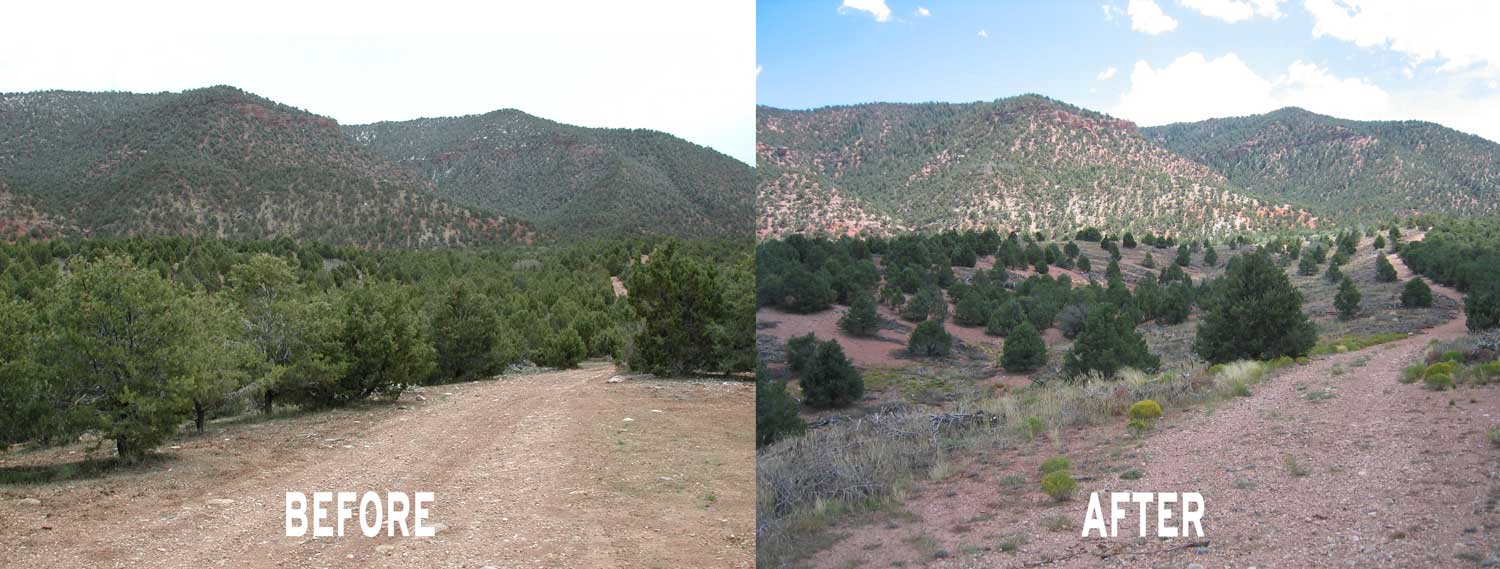The data is astounding, and it’s bad news for wildlife and ranchers alike.
New research shows encroaching woody species like juniper and pinyon continue to choke out historic grasslands and sage-steppe rangelands at an alarming rate. How bad is it? Scientists mapped changes in vegetation cover from 1990 to 2019 and determined producers lost 332 million tons of forage production on U.S. rangelands, which equates to the total grass production of North Dakota over that same time period. Translated to dollars and cents, that’s a loss in production valued at $4.1 to $5.6 billion!
Of course, livestock and a myriad of wildlife species including elk, deer, pronghorn antelope, upland birds and others rely on rangelands for forage.
According to researchers, across all western U.S. rangelands, tree expansion now creates an annual yield gap of roughly 5-6 percent. These large year-over-year losses are similar in magnitude to impacts on commodity crops caused by extreme drought but have a longer-lasting impact. The team estimated the total value of lost production due to expanding trees at $4.8 billion from 1990 to 2019. In 2019 alone, the yield gap exceeded $300 million in lost forage.
The team also found that tree cover increased in more than 25 percent of western rangelands during this 30-year period. Grasslands saw an 85% increase in tree cover, with roughly 8 percent of tree-free grasslands transitioning to woodlands, in turn elevating the vulnerability of adjacent tree-free rangelands to future degradation.
The Rocky Mountain Elk Foundation is a long-time advocate of forest thinning, juniper/pinyon removal and other treatments to slow encroachment.
Go here for additional information including mapping and other data.
(Photo credit: Rocky Mountain Elk Foundation)
